 2024-07-22
2024-07-22
In the world of sustainable farming, innovation is crucial for tackling long-standing challenges. One such challenge is the relentless issue of fruit flies (Diptera: Tephritidae), notorious for devastating fruit orchard crops and causing significant economic losses.
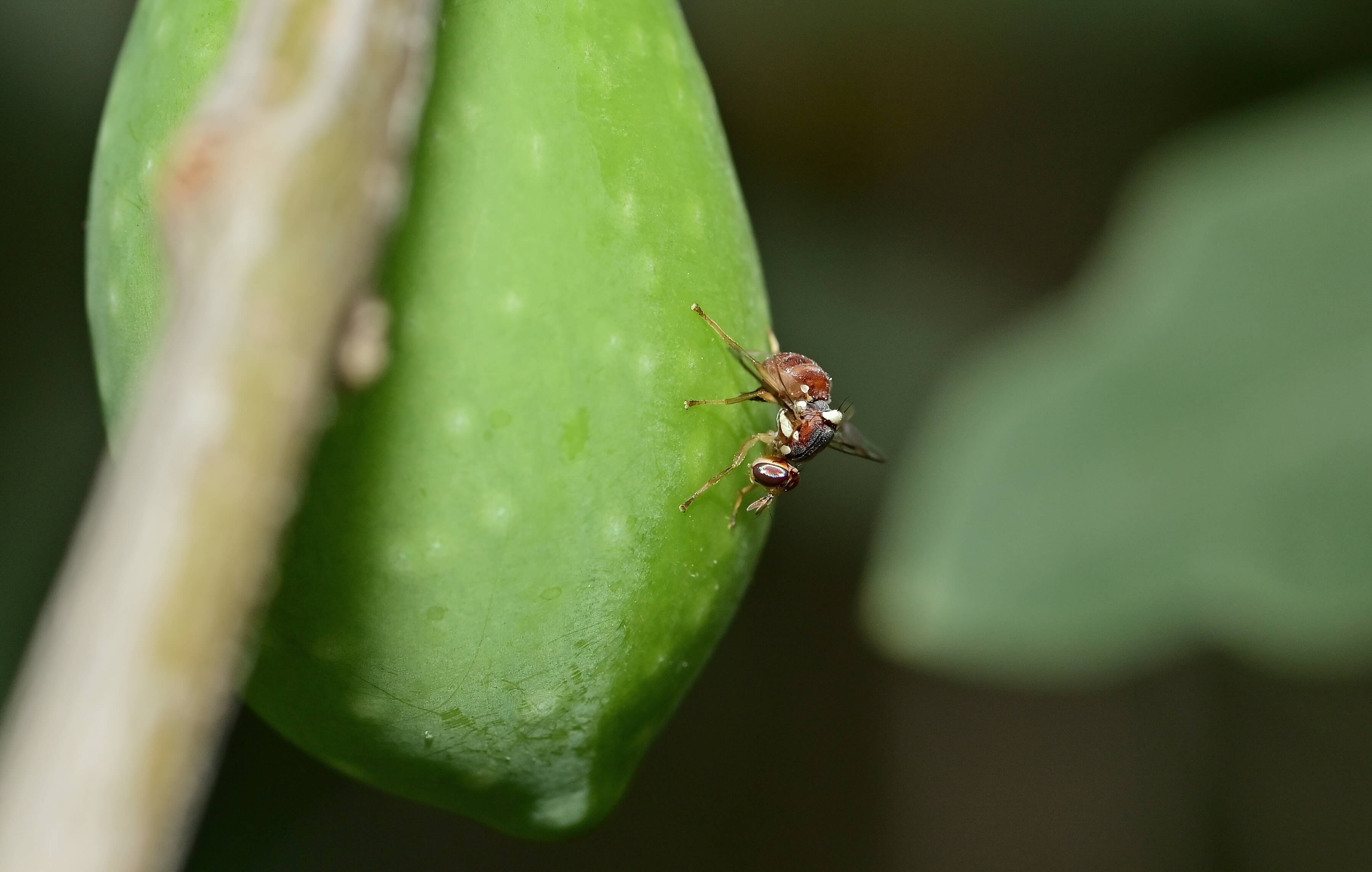
These insects lay their eggs in fruit, resulting in severe damage that greatly diminishes both the quality and market value of the produce. With their high reproductive rates and broad host range—including citrus, mangoes, pome and stone fruits, berries, and melons—fruit flies pose a major threat to international agricultural trade.
Globally, fruit production covers millions of hectares, with significant contributions from countries like South Africa, the USA, Brazil, and China. For instance, South Africa alone dedicates vast areas to fruit cultivation, with citrus, mango, pome fruits, stone fruits, berries, and melon vegetables among its primary crops.
However, the presence of fruit flies poses a severe threat to these valuable products. In South Africa, the detection of fruit fly eggs in export fruit by the importing nation can lead to long-term bans on fruit sales, severely impacting farmers' livelihoods. Therefore, stringent control of fruit flies is crucial for successful exportation and maintaining high market prices. The combined crop losses and control expenses in the Western Cape is estimated to exceed R20 million annually[1].
Historically, farmers have employed various methods to combat these pests, yet none have proven entirely effective. Traditionally, fruit orchard farmers manually spray fruit fly bait or use motorbikes to manage these pests. This process involves applying a liquid protein attractant combined with an eco-friendly insecticide to tree foliage and trunks, effectively trapping and killing the fruit flies. However, manual spraying and using motorbikes present numerous challenges and shortcomings, including poor penetration, high operational costs, and increased danger to operators. Additionally, these methods often fail to provide consistent and timely coverage, leading to suboptimal results.
To enhance efficiency, plant protection services in South Africa are now utilizing agricultural drones for bait spraying. Extensive application has shown that this method is more effective and efficient than manual and ground-based motorbike operations.
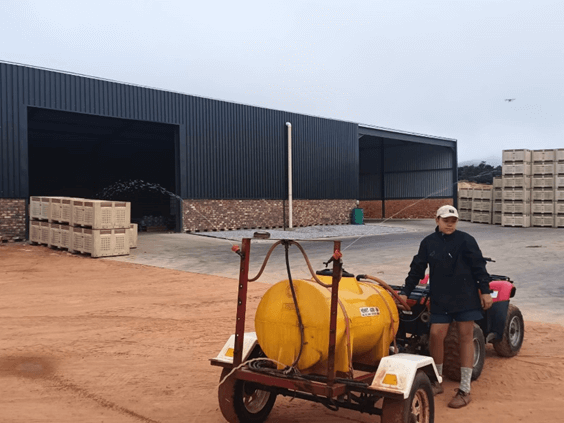
Motorbike used to spray fruit fly bait
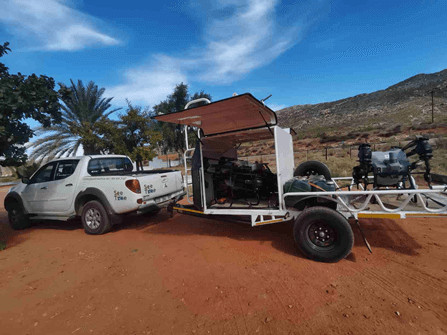
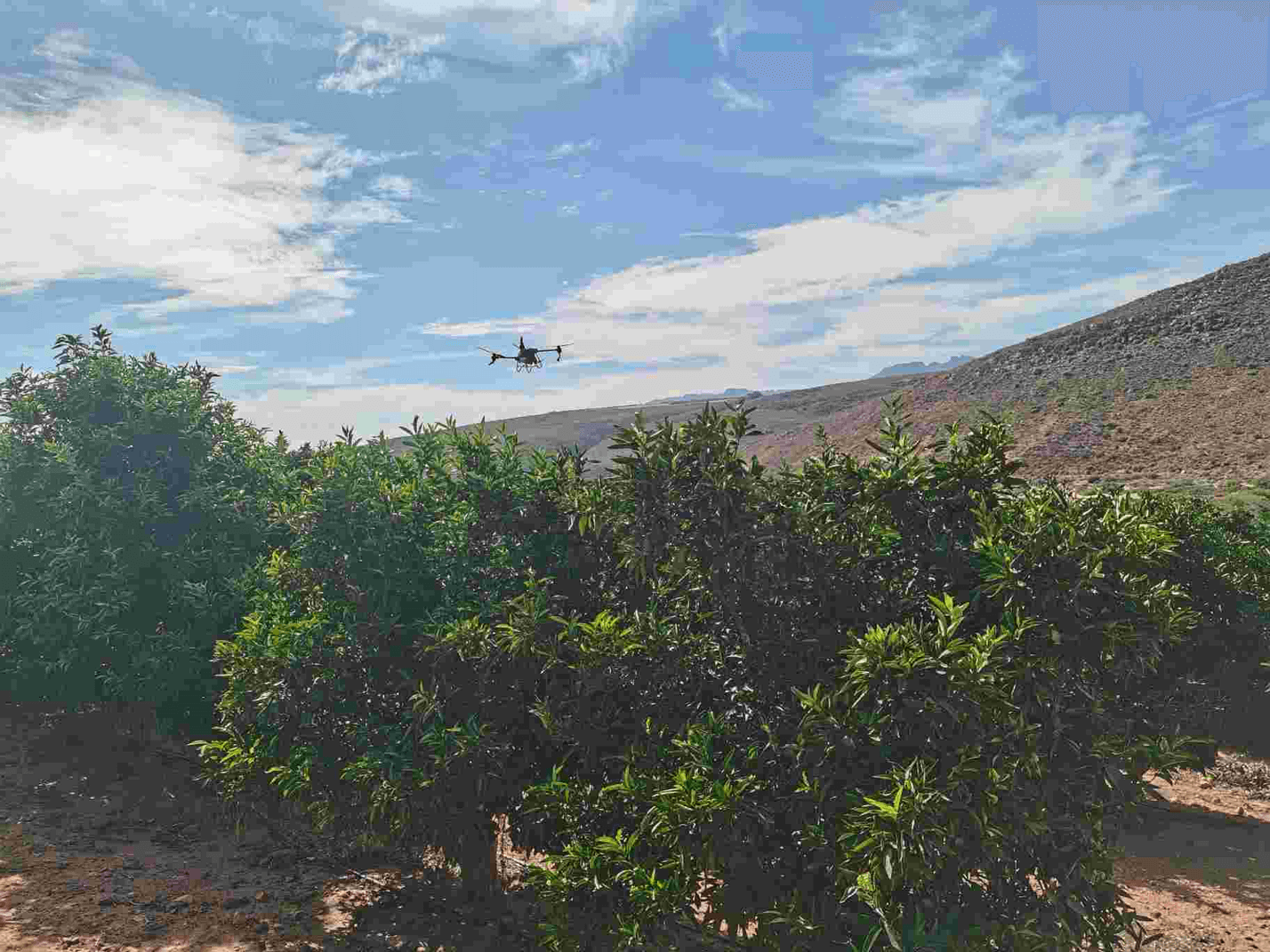
DJI Agras drones for spraying fruit fly bait
The introduction of DJI Agriculture Drones offers a revolutionary approach to fruit fly control. Let's explore the numerous benefits these drones bring to the table.
In South Africa, fruit fly bait is sprayed every 1-2 weeks during the fruiting season. While frequent spraying effectively protects fruits from potential damage, it demands significant labor and operational efficiency. Traditionally, manual spraying achieves about 2-3 hectares per day per person, and motorbike spraying covers 40-50 hectares per day.
One of the primary advantages of using DJI Agriculture drones is their remarkable efficiency. The DJI Agras T40 and T50 drones can cover an impressive 90-120 hectares per day. This efficiency allows farmers to complete their spraying tasks quickly, ensuring that fruit flies are effectively controlled during peak seasons.

Orchards often feature challenging terrains, including steep slopes that are difficult for ground sprayers to access. In contrast, the DJI Agras drones excels in such environments, navigating terrain with slopes up to 50°, making it an adaptable spraying tool for all types of landscapes. Additionally, the drone maintains a consistent flying speed even over rugged terrain, ensuring uniform fly bait coverage across the canopy. This is in stark contrast to ground sprayers, whose speed and coverage are highly dependent on the flatness of the terrain.
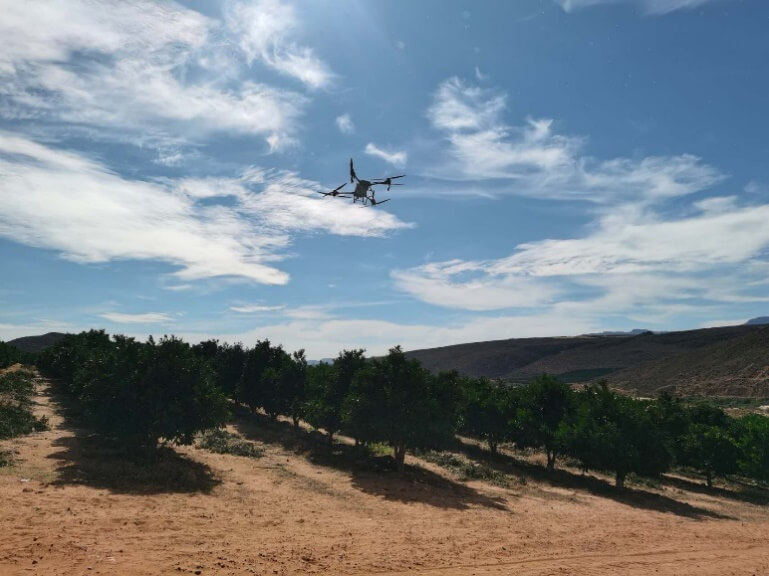
DJI Agras drones spraying over sloped terrain
Rain can pose a significant challenge for traditional spraying methods. After rainfall, motorbike sprayers must wait for the land to dry to avoid getting stuck in the mud. This is particularly challenging on orchard terrains with slopes and varying elevations, leading to delays in the immediate control of fruit flies. In contrast, agricultural drones, as non-contact spraying tools, can operate anytime, minimizing potential losses from delayed spraying.
In South Africa, drones are typically used to spray fruit fly bait every 1-2 weeks during the fruiting season. Using citrus as an example, the bait spraying process begins at Jone Drop and continues until Fruit Maturity, spanning a total of 8 months.
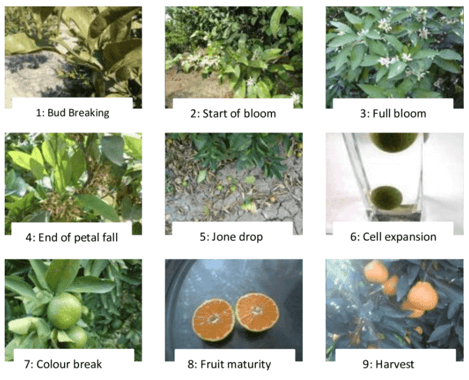
more from:ag.dji.com/case-studies/fruit-flies-dji-agriculture-solution